No Lightroom Gel
 Sunday, January 17, 2016 at 8:41AM
Sunday, January 17, 2016 at 8:41AM With almost everything in life, I believe at love at first sight. No, I wasn't talking about Anita here although truth be told it was like that. I was talking about my photography here.
I always had to try and use a camera before I buy it. And the same goes with my photography work post capture. I had been using Lightroom since version 1 but was never completely happy with it.
When Apple Aperture came into the picture, I gave that a go but in found the first iteration of that software very sluggish and almost unusable. I persevered Lightroom. Grudgingly.
Then came the later versions of Aperture and I never looked back. I loved the white balance control and the skin tones I was getting from it. I couldn't even replicate it consistently in Photoshop. And it was blazingly fast.
Imagine my disappointment when Apple decided to discontinue the development of Aperture and concentrate on a more consumer orientated product instead - Apple Photo. It hasn't have half the control of the old Aperture.
So, I had a choice to make. Shall I relearn and tolerate Lightroom. Or shall I cross my fingers and toes, stick to Aperture and pray that whatever support left that Apple put in on maintaining Aperture would carry me through. Or better still, Apple might change their minds and reinvest in what was otherwise a superb software.
In the meantime, I have decided to stick to Aperture. I had tried my level best in the last couple of weeks to tweak my workflow, but it looked that there was too much hassle for the change. Hopefully I would be able to get a third party RAW converted to my future cameras while I learn to use Lightroom. But that's not going to be any time soon.
 Adobe,
Adobe,  Aperture,
Aperture,  Apple,
Apple,  Lightroom,
Lightroom,  post-production in
post-production in  Apps,
Apps,  Commentary,
Commentary,  Photography
Photography 

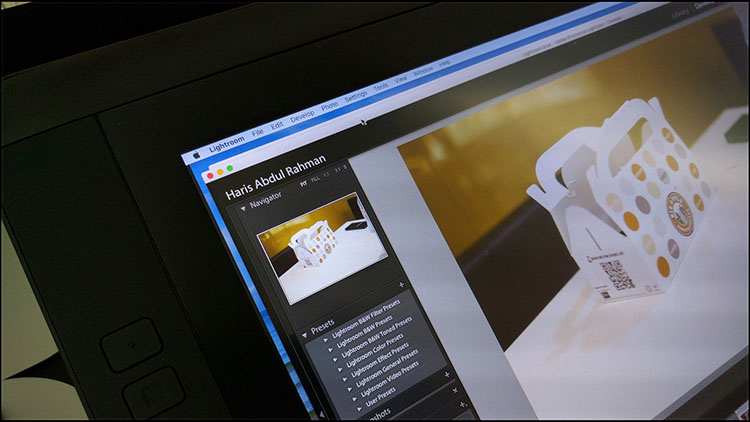
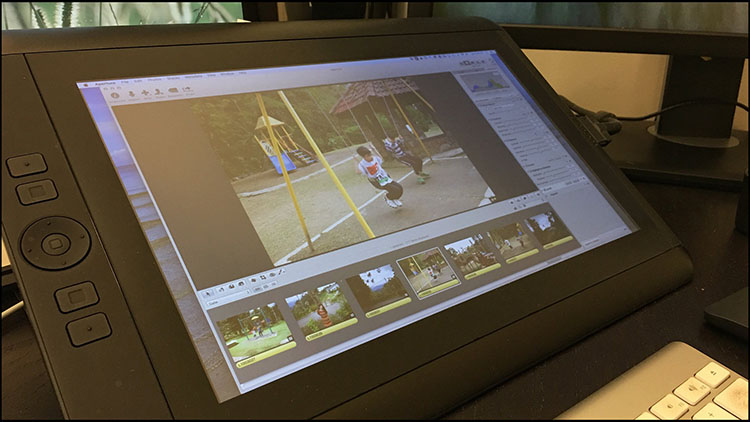
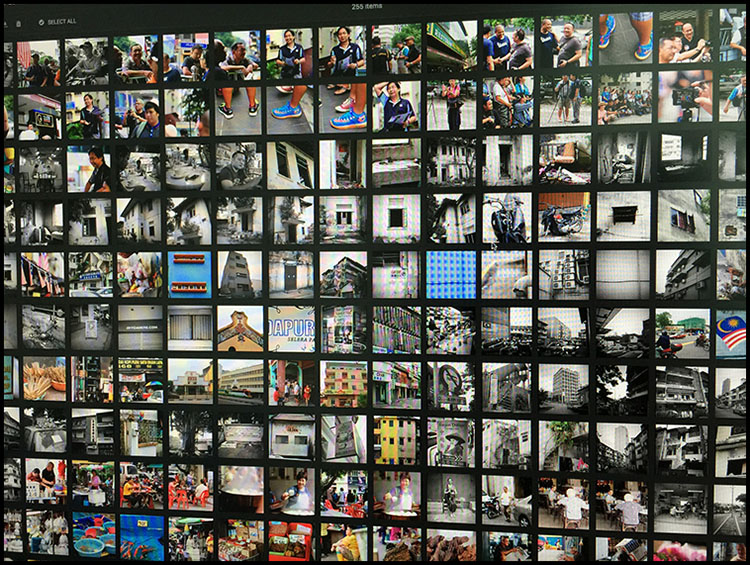
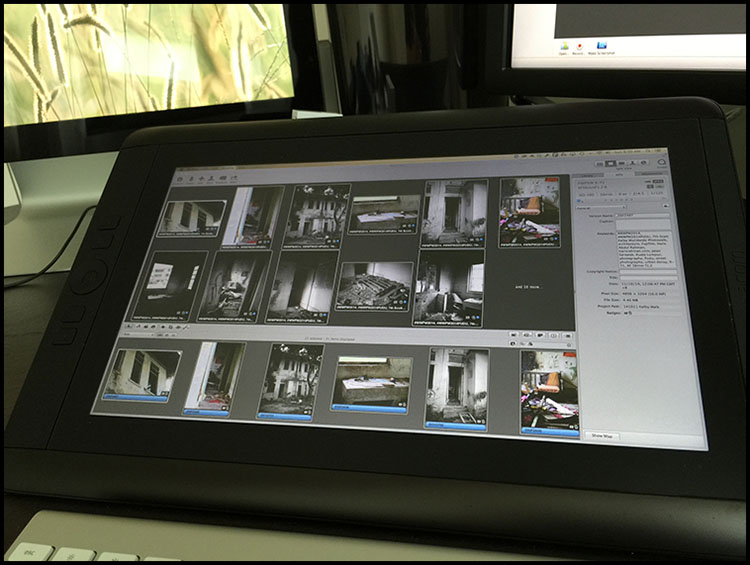

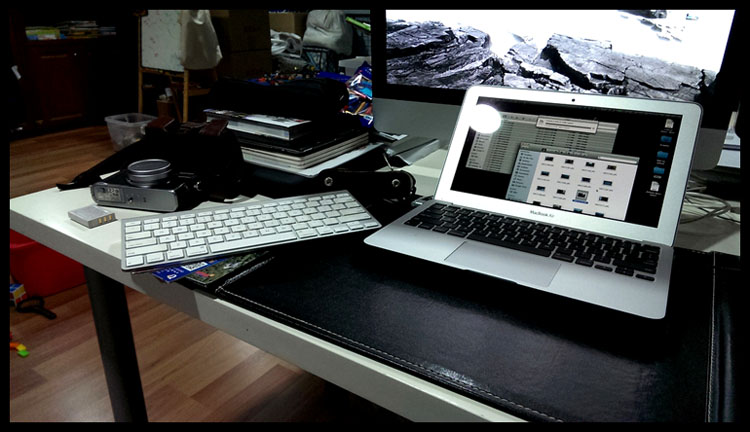
RAW Capture
I tended to capture my shots in jpeg. This was true especially on my Fuji X series camera. The jpg coming out from the camera were often spot on and tweaking the RAW files were just time consuming to be quite honest.
On the other hand, my Leica M and Q could only produce reliable photos when the scene were captures in RAW. Their jpg were either too soft, or too harsh. They could not be relied upon. Their RAW conversions however - I used the native Aperture software - were amazing. They were consistently sharper and render nicer tones.
The Sony however, were a bit of a hit and miss.
I must say that there were subtle differences between the RAW and the captured jpg. The tones were more consistent and the colour tended to be richer. I wasn't sure about the sharpness though. The jpg at 42 MP were certainly sharp enough ....